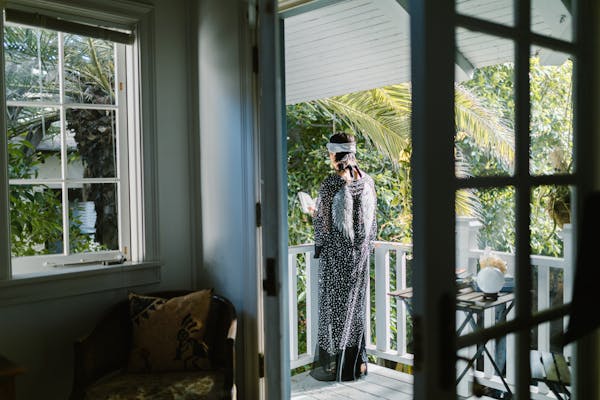10 Cost-Saving Design Ideas for Your Next Home Building Project
Planning to build a new home and want to get the most for your money? With labor and materials accounting for a large percentage of the cost for new home construction, it pays to take an in-depth look at the house plan design. Here are 10 ways to sharpen the pencil for construction savings and, at the same time, create a little pizazz.
- SPACIAL RELATIONSHIPS
Utilize more open space. Open space areas can borrow space from one another and, therefore, require less overall square footage. The resulting effect is a greater sense of spaciousness without adding to the cost. Also, house plan designs that set rooms and access doors at 45 degree angles have a better feel to them and tend to be more accessible and open; appearing larger than their actual square footage. This can be an especially cost-effective technique when used for interior, non-bearing walls. - UNITS OF MEASURE
Think even numbers in home plan designs. Most building material dimensions are based on 2-foot increments. Your plan should use 2 foot multiples throughout the design to minimize waste, disposal expenses and to reduce cutting time. - PREFAB TRUSSES
For the appropriate home building project, prefabricated roof trusses are more economical than site-built ones, saving on labor and construction time. They also reduce the duration of time that interior framing members are exposed to the elements. - SIMPLE FRAMING
Stairs and other framed openings should be located in such a way as to minimize the interruption of floor joists. If the home plan design will permit, run stairwell openings parallel to the joists to reduce the need for long girder spans. Also, stairwell and other framed openings should not interrupt structural beams or bearing walls. - CUTTING CORNERS
Corners on the exterior walls, resulting from a given shape of the structure, add dollars to the overall building construction cost. A square-shaped plan has 4 outside corners, as does a rectangular shaped house plan design. An “L” shaped home building plan has 5 outside corners and 1 inside corner. Structures with numerous wings and jogs can have multiple inside and outside corners. Simplifying the home building footprint can help to keep expenses down. Some corners, however, don’t have as huge an impact on construction cost and, therefore, are a preferable design alternative. Non-bearing bump-outs that are cantilevered or supported by brackets do not require any corners in the supporting foundation below. Also, bay windows and other small projections falling under the main roof do not require any separate roof framing. This can be a less expensive way to achieve visual interest or added interior space. - STOCK WINDOWS AND DOORS
Specialty windows and doors may add beauty and architectural appeal, but they can add serious dollars to the home building budget. Standard window sizes and styles can be enhanced by grouping them in creative patterns or by adding unique trim details to the exterior. For example, attractive arches can be framed and trimmed at the header portion of a garage door opening to accommodate standard square top garage doors creating the appearance of an arched door with the standard garage door fitting behind the arched opening. - STANDARD BEARING SUPPORTS
Maintaining spans within normal limits enables the use of standard, readily available beams, girders and joists, avoiding costly special orders or expensive engineering. For two-story house plan designs structural bearing walls should be stacked and lined up to fall within code limits. - MECHANICAL LOCATION
Designated areas for mechanical equipment for HVAC and plumbing should be located as central as possible in the basement or crawl space of the home building plan in order to minimize pipe lines and duct runs to their respective destinations. Whenever possible, it’s a good idea to stack bathrooms over one another or set them back-to-back to reduce pipe usage. - PASSIVE GAINS
Large amounts of south-facing glass, strategically placed under the protection of overhangs during the warmest season, can garner significant savings during the winter months on cold weather energy bills. Also, the placement of windows to best capture light and airflow can help reduce electrical lighting and cooling expenses. - CURB APPEAL
Use non-structural elements to add aesthetic interest to the exterior façade. For example, a little extra trim details or non-structural synthetic stone columns at the front entry can set the home apart at very reasonable costs. A pergola and multi colored trim or siding can work wonders on breaking up the monotony of a flat exterior wall.
With a little bit of creative thinking these ten cost-saving design ideas can go a long way in making your next home building project a financial success and turn the house plan design of your dreams into reality.





